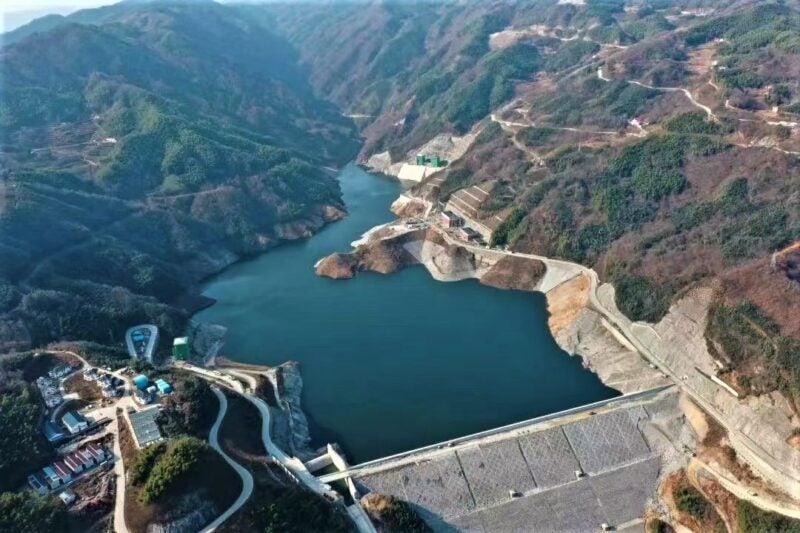
GE Hydro Solutions, a part of General Electric (GE), has connected all four units of the 1.2GW Jinzhai pumped storage hydropower plant in China to the grid.
The Chinese hydropower plant has completed 15 days of trial operation and all units have achieved commercial operation, said GE.
GE Hydro Solutions was awarded a contract in 2017 by Anhui Jinzhai Pumped Storage Power, a subsidiary of State Grid XinYuan, to deliver four new 300MW pumped storage turbines for the Jinzhai hydropower plant.
Besides, the company was selected to provide generator motors and the remaining plant equipment for the Chinese pumped storage power plant.
The first two units of the hydropower plant were connected to the grid in October 2022.
Located in Jinzhai County in the Anhui Province, the Chinese hydropower plant is expected to save up to 120,000 tons of coal and mitigate 240,000 tons of carbon dioxide emissions per year.
The annual generating capacity of the Jinzhai hydropower plant is estimated to be nearly 1.4 times the annual household power consumption in Jinzhai.
GE Hydro Solutions president and CEO Pascal Radue said: “Pumped Storage is the largest source of energy storage that exists today, which can help stabilize the grid with the integration of wind and solar power.
“The Jinzhai pumped storage project now fully operational will provide for a huge amount of clean energy to China and will help stabilize the grid to ultimately help integrate more renewable energies in a reliable way.
“And the beauty of hydropower projects is that it is set to be operational for the very long term, about 80 years, meaning that the project will provide affordable energy for several generations to come.”
According to GE, pumped storage units will assist in grid stability by serving as giant batteries.
During surplus energy times, water is pumped from the lower to the upper reservoir. In times of demand, water from the upper reservoir is released to produce hydroelectricity as the water travels via the turbine, said GE.



